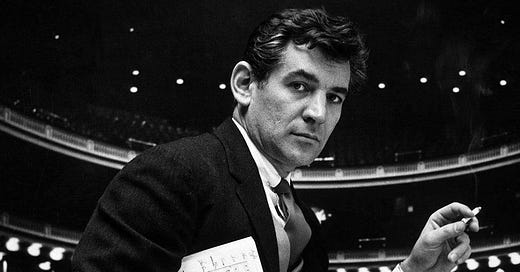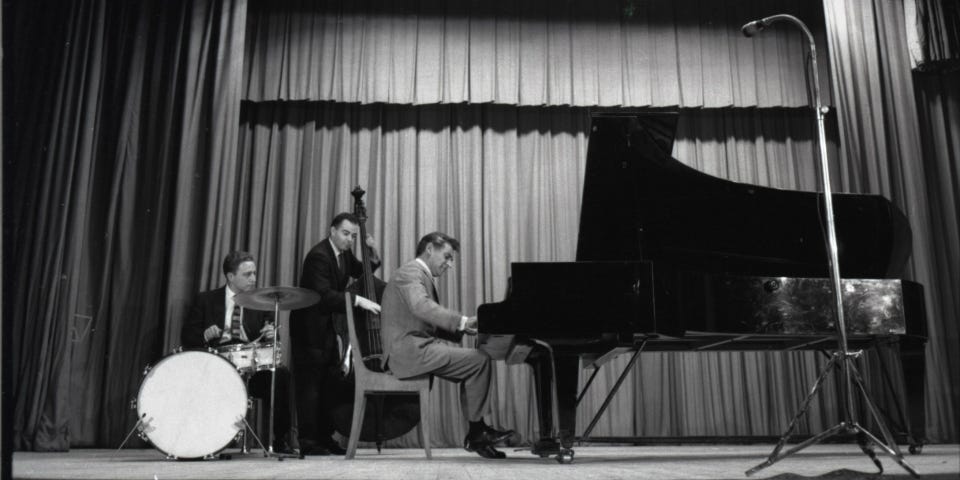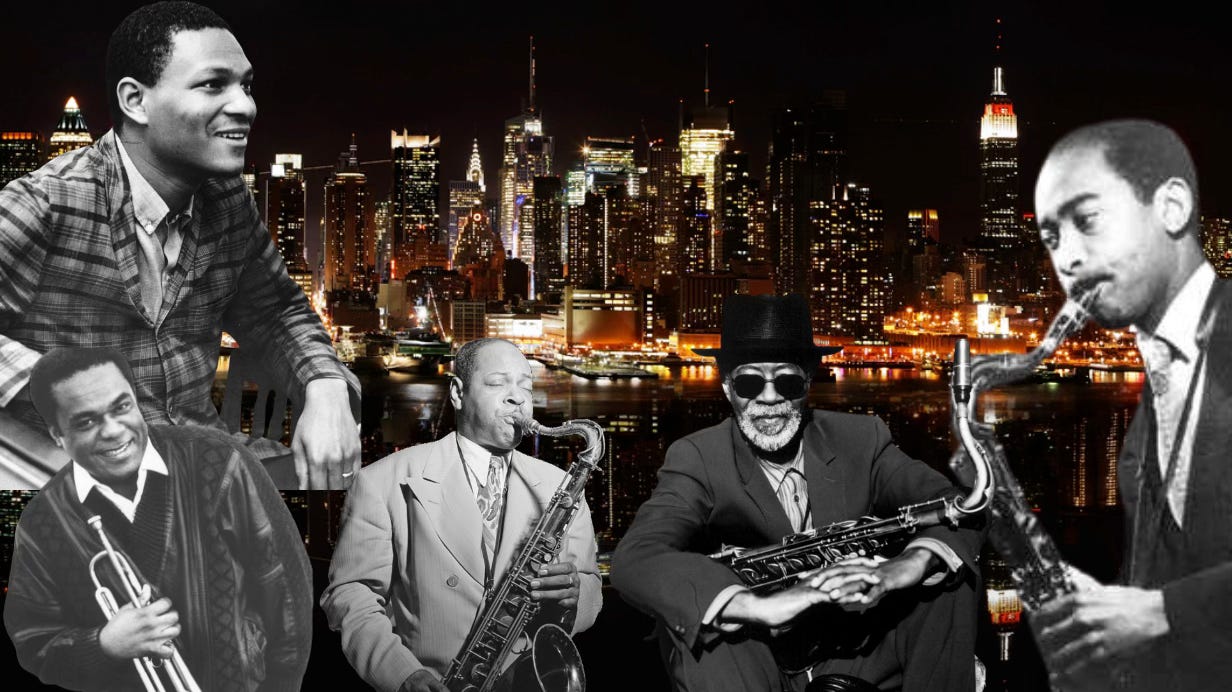Leonard Bernstein, a profound American musical icon, embraced jazz as a defining element of the nation's musical identity. His connection with jazz was deeply rooted, beginning in his youth during the 1930s. He assembled a jazz band as a teenager, became known for his jazz piano skills at social gatherings, and even led a swing band at a summer camp. The jazz-tinged compositions he created during his time at Harvard and later at the Curtis Institute served as the foundation for many of his future works. His undergraduate thesis boldly proclaimed jazz as the foundational element of American composition.
After college, in New York, Bernstein delved deeper into the jazz world. By day, he transcribed the improvisations of jazz legends like Coleman Hawkins, and by night, he played the piano in clubs, immersing himself in the genre. Bernstein's deep engagement with jazz not only influenced his own work but also played a significant role in integrating jazz into the realm of classical music.
Leonard Bernstein stands out as a transformative figure in 20th-century cultural history due to his multifaceted contributions to music. His roles as a pianist, composer, educator, and conductor, combined with his dedication to making classical music more accessible, highlight his immense impact.
Bernstein possessed a unique ability to demystify music for the general public. His television programs, notably the "Young People’s Concerts," played a crucial role in fostering an appreciation for classical music among a wider audience. Additionally, his passion for jazz was evident in his work. He not only embraced jazz but also recognized and advocated for its significance in the broader musical landscape.
As a prominent spokesperson for classical music with significant television exposure, Bernstein was instrumental in introducing this genre to a broader audience. In a similar vein, Billy Taylor, through his work as a broadcaster on both radio and television, played a comparable role in promoting jazz, demonstrating the power of media in expanding the reach and understanding of various musical genres. Billy liked to say “Jazz is America’s classical music.”
In 1954, on the second episode of the CBS television program Omnibus, Leonard Bernstein presented his “World of Jazz,” which featured an in-depth introduction to America’s homegrown art form, with solo piano and group performances.
Omnibus was a pioneering American television program that aired from 1952 to 1961 and was notable for its focus on the arts, science, and the humanities, marking a significant departure from the typical entertainment-oriented programming of the era.
Alistair Cooke, a respected journalist and broadcaster, was the primary host of "Omnibus." The show also featured guest appearances and contributions from notable figures in various fields. Leonard Bernstein presented a series of music lectures that were particularly well-received.
TRUMPETS: Lou Oles, Bernie Glow, Al de Risi, Louis Mucci.
TROMBONES: Urbie Green, poss. Erwin Price, poss. Frank Siracco.
SAXES: Danny Bank (bass), Boomie Richman (tenor), Romeo Penque (tenor and clarinet), Sam Marowitz (alto), Al Gallodoro (alto and clarinet).
VIBES: Phil Kraus.
PIANO: Bernie Leighton.
BASS: Jack Lesberg.
DRUMS: Sol Gubin.
VOCALS: Lu Elliott and Lois O'Brien
View Leonard Bernstein's World of Jazz
Recent Video Postings
Please Call 911: McCoy, Freddie and Joe Henderson Set the World on Fire
The TV Show That Should Have Been: Hawk and Little Jazz
Morris Levy Negotiated with a Baseball Bat: Jazz and the Mafia
Coming this Friday
A midnight rendezvous at Plato’s, the seeker’s haven of shared delight.







